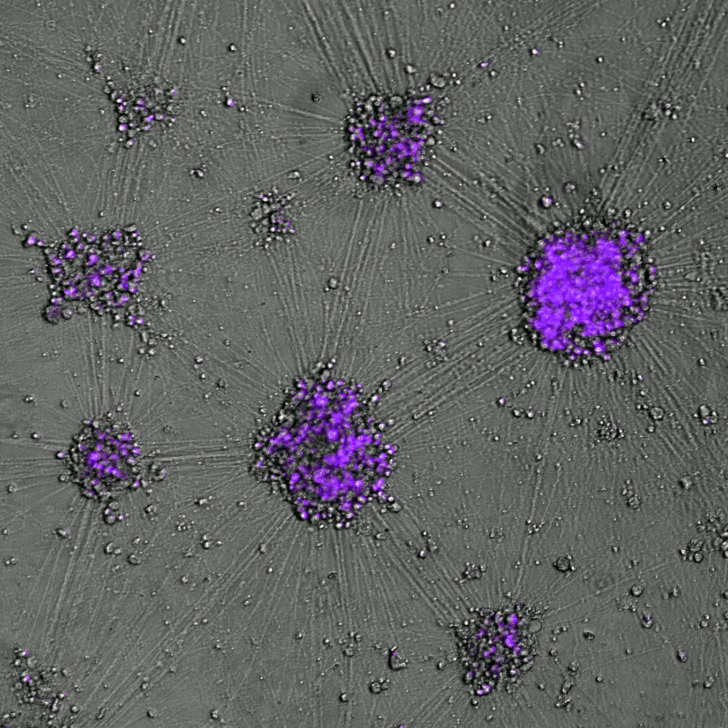The blood-brain barrier is like a security system for the brain
The blood-brain barrier is a special layer that protects the brain by controlling what can go in and out.
It lets in important nutrients like sugar (glucose), which the brain needs to function, while keeping out harmful substances such as toxins and bacteria. This selective filtering is critical for maintaining the brain’s internal environment, ensuring proper function and overall brain health.

The blood-brain barrier isn’t just a single structure; it’s made up of specialised cells called endothelial cells that line the walls of blood vessels in the brain. These cells are packed together so tightly that almost nothing can slip through unless the brain specifically allows it.
Unlike blood vessels in the rest of the body, which are more permeable, those in the brain have this extra layer of protection to keep it safe and functioning properly.
When this barrier is weakened or damaged, harmful substances such as toxins or pathogens can cross into the brain. This can cause inflammation and the degeneration of brain cells.
The challenge for researchers to treat brain-related disorders
The restrictive nature of the blood-brain barrier poses a major challenge for getting medicines into the brain.
Around 98 out of 100 commonly used medicines, and nearly all larger drugs (like proteins and antibodies), can’t naturally cross the blood-brain barrier. This means most treatments fail to reach the brain in sufficient amounts to be effective.
To overcome this challenge, researchers have tried several strategies. Some involve injecting drugs directly into the brain or spinal cord which is an invasive and high-risk approach. Others attempt to physically open the blood-brain barrier using techniques such as focused ultrasound. While less invasive, this method can allow unintended substances in the blood to enter the brain, potentially causing toxicity.
Therefore, there is a clear need for a sophisticated drug delivery system that can cross the blood-brain barrier and deliver medicines safely and effectively in the right amounts.
Innovative pathways to cross the blood-brain barrier
At The Florey, researchers are leading promising efforts to tackle the long-standing challenge of delivering drugs across the blood-brain barrier.
CentronBio, a Florey spinout company, has developed one of the most advanced brain drug delivery systems available. It works like a “Trojan Horse,” sneaking medicines through the brain’s natural entry points to reach where they need to be.
At the core of this brain shuttle platform is a miniature protein designed to mimic substances the brain already allows in. This enables it to cross the blood-brain barrier efficiently and deliver its therapeutic cargo.
This platform has been successfully used to deliver a wide range of medicines into the brain to treat disorders such as Alzheimer’s disease, Parkinson’s disease, motor neurone disease, spinal muscular atrophy, and epilepsy.














